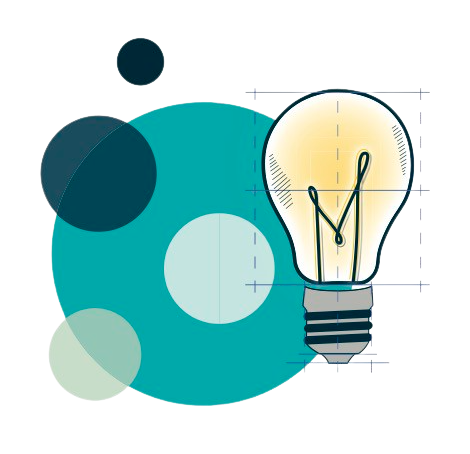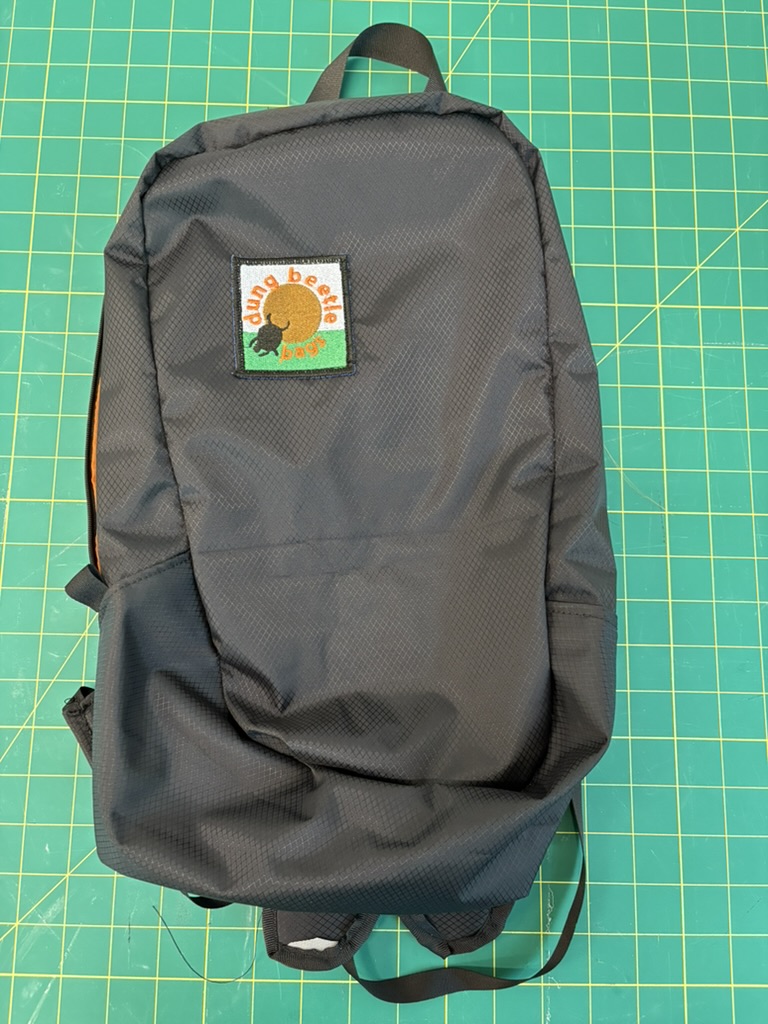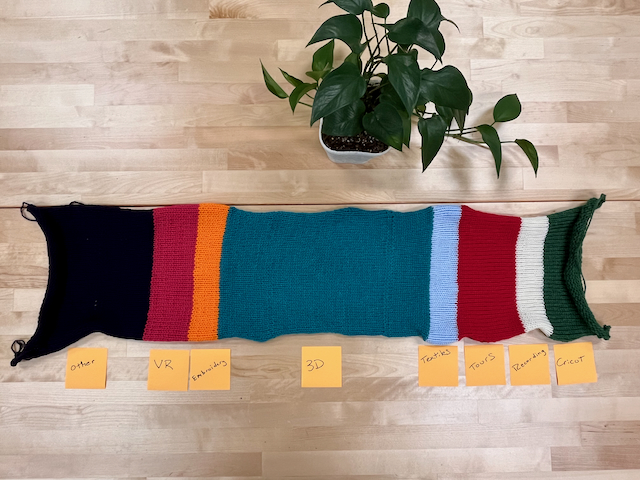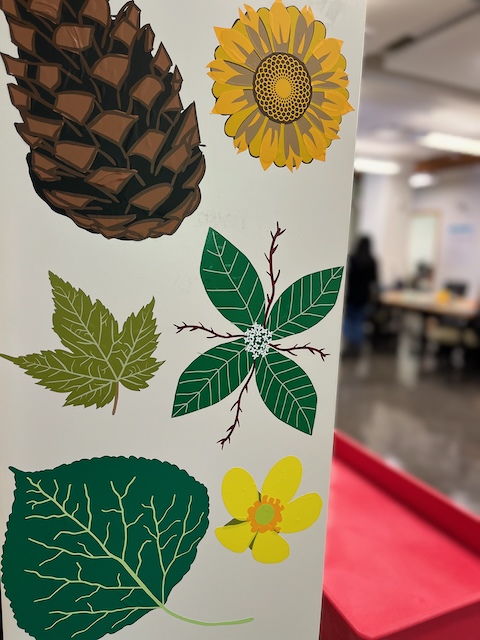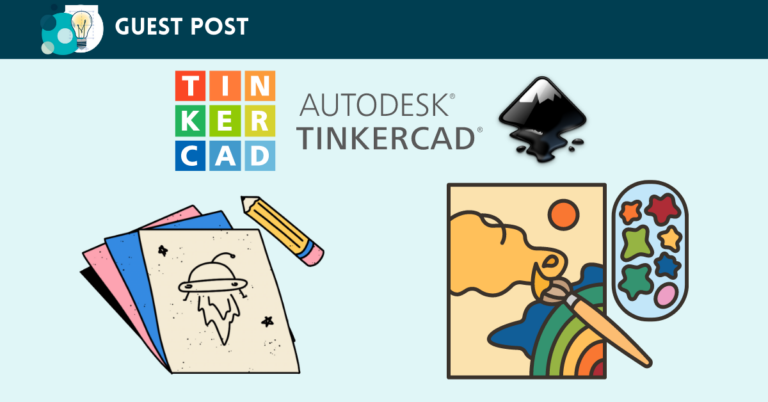Minimalist Making
As the Makerspace Librarian I’m spending more and more time working with faculty to integrate the Makerspace and maker activities into their classes. Minimalist Making is a framework I’m using to help instructors think about how to integrate making into curriculum. I’ve adapted the idea from Danica Savonick’s concept of “Minimalist Digital Humanities“. While my focus here is on curricular integration, the same basic principles apply to individuals and other groups.
Minimalist Making has 4 principles:
- Keep it simple
- Make it fun
- It must be relevant
- Keep it low impact (social, environmental, and economic impact)
Keep it simple
- Whatever you are initially thinking of doing, start smaller.
- Simplify whenever possible. Replace complexity with choice and reflection.
- Think about what pre-work can be done ahead of time without taking away from the benefits of the activity. E.G. having materials prepped, having software loaded, etc.
- What infrastructure needs to be in place? Do you have all the necessary equipment and supplies? Are there troubleshooting guides for common roadblocks available?
- While you’re doing this, keep in mind that the goal shouldn’t be to do the work for the user, rather it is to set conditions that are realistic for their skill level.
Make it Fun
- Make the assignment fun, silly, or weird! Build in creativity. Let students follow the threads of their interests. Choice and autonomy are essential. To me, making is about having a vision you want to bring to reality. If you need to mandate a particular modality (and do you really?) what can the user choose to make it their own?
- Make the environment fun. Add music. Make it social. Conversely: have an option for people who don’t find that fun, like a room they can use that is quiet.
- Lower stress and expectations. The point is to experiment and learn, and that will inevitably involve a lot of mistakes. In the wise words of Rihanna: “Never a failure, always a lesson”
It must be relevant
- Make it relevant by connecting the skills or outcomes to real world situations or problems.
- What skills are students developing? How will they use them in the future? For inspiration take a look at the UTA Maker Competencies list.
- What is the impact on our community, society, culture, the environment, etc.?
- What questions can we ask to reflect on our purposes and values?
Keep it Low Impact
- Think about impacts including: costs, waste, time, equipment, stress, etc.
- Impacts should be proportional to outcomes and should never be arbitrary
- Ask students to think about the impact of their making, positive and negative, on the Makerspace, other users, the community, etc.
- Environmental and economic impacts are the easiest to think about here, but social, cultural, emotional impacts are also important
An earlier version of this post was published on my personal blog.
